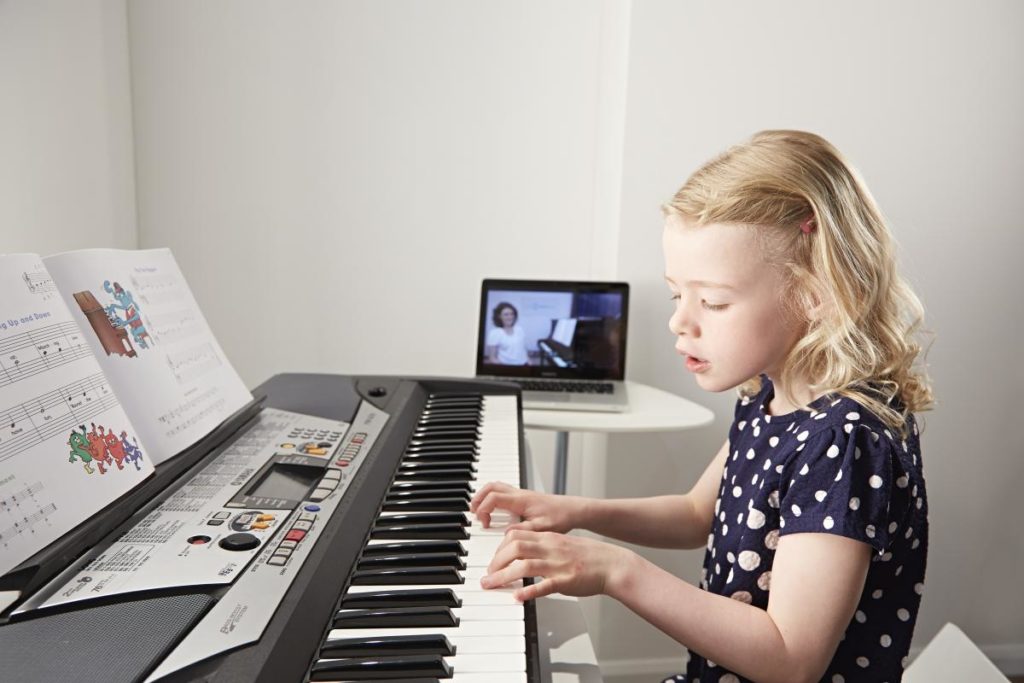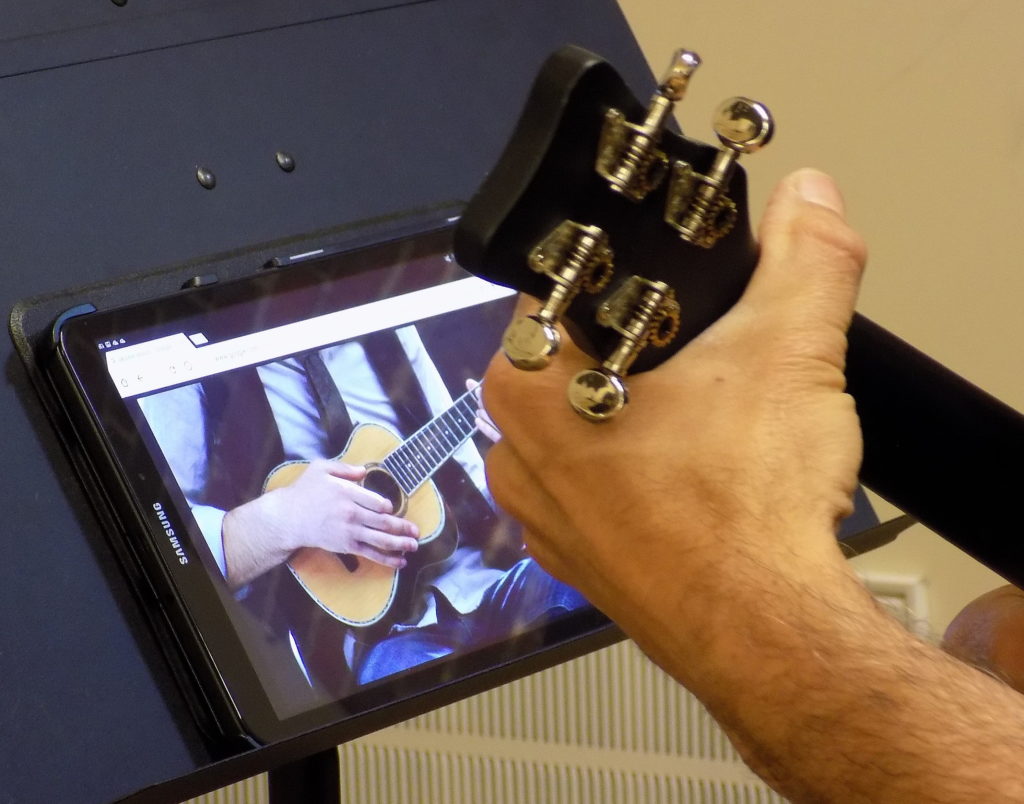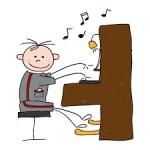Online piano lessons have many benefits. Here are just to name a few of them – comfort of no commute, scheduling flexibility, variety of materials, screen share, option to record/replay your class, cost effectiveness. Art of Piano Playing Music School has been offering online piano lessons (also voice and other instruments) with our best instructors to students of all ages and levels. Our online music teachers are greatly experienced in virtual teaching and have all the necessary gear to help students achieve their musical goals. Thanks to the technology, not only our current students were able to continue their musical progress but it allowed new students to join us from wherever they are. Imagine taking lessons with a Julliard Conservatory graduate from the other end of the world?! Thanks to the online piano lessons opportunity, our outreach today is as far as the Eastern states like New York, New Jersey, Connecticut and Pennsylvania, Florida in the south and California in the West. Call us today if in person piano class is not an option for you. We will hand pick the right instructor for YOUR needs. Take care and make the best of these times!





